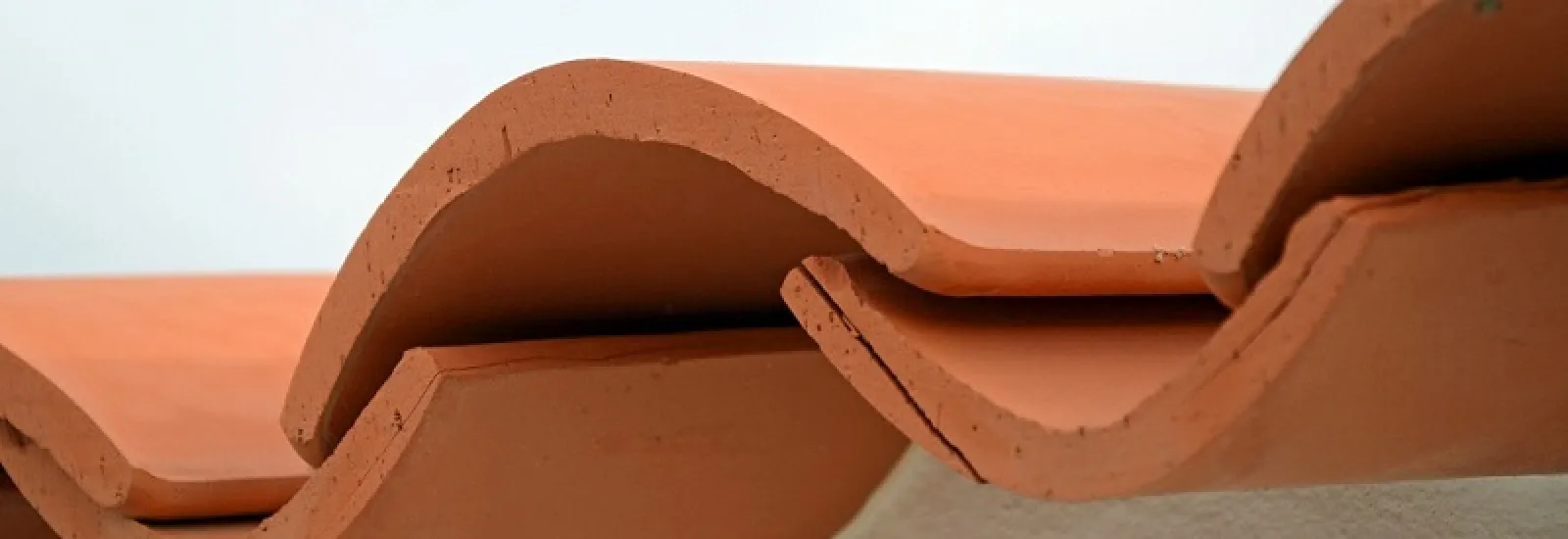Admit it, there have been times when you looked at your house from the top to the bottom and thought that it needed a bit of an upgrade. In many cases, a complete overhaul isn't necessary. The only thing you have to do is to change up your roof. It's a simple move that can do wonders for your home's aesthetic value. In addition, it's not as costly as renovating the entire structure. Clay tiles are an excellent material of choice for residential roofing. Read on to find out why.
What Is This Material?
Clay is made of minerals, plants, and other decayed, organic substances that are broken up into loose particles. This silt travels through bodies of water, such as rivers and streams, becoming more refined as it's filtered through rocks and sand. Eventually, it settles on the bottom of the formation, creating a stiff and sticky blanket over the soil.
When this fine-grained earth is collected and mixed with water, it becomes soft and pliable enough to take on any shape and form that one desires. Once it's sculpted to perfection, it's then hardened through exposure to an open flame.
While popularly known as the best medium for earthenware, such as pots and jars, clay can also be made into excellent roofing tiles. It's resistant to fire, strong winds, heavy rains, intense heat, and rotting. These properties give it a long life span that lasts for up to a century. What makes it even more attractive to homeowners is its unique and exceptional look. It gives off a classic and timeless appeal to a house. Also, these pieces are available in various shapes and hues, so it can definitely complement any architectural style.
Its Profiles
This material can be categorized into various forms or "profiles" that differ in height and cut. The former refers to how prominent the tile's curve is. Some have a semi-cylindrical outline, like those used in a Monk and Nun roof. Also known as a mission or barrel type, it's composed of C-shaped pieces that create an interlocking chain, with one slab facing the sky and the other facing the underlayment. They're glued together by mortar, which also serves as a sealant.
A simpler version of this is called pantiles. Instead of overlapping a number of C-shaped tabs, this system uses tiles that have a concave curve on one side and a convex one on the other. This gives the pieces a profile that resembles the letter S. They seamlessly connect at the ends, creating a uniform wavy pattern from left to right. Rows of these are then layered from the top of the roof and all the way down to the gutter.
For those who aren't into ridged surfaces, flat clay tabs are the perfect option. These pieces can be laid out sideways to create a smooth appearance or against each other like the beaver-tail tile roofs commonly found in Southern Germany.

Its Colors
In its raw state, clay typically comes in red, yellow, and bluish-gray. However, these colors may be slightly changed after baking, transforming into brown, terracotta, orange, yellow, and other earth tones. They add a touch of warmth to a house's exterior, giving it a Mediterranean vibe. A cooler and more contemporary look can also be achieved with dark or light gray tabs.
While painting over clay tiles is possible, it's not a task that's highly recommended. The applied color will fade over time, requiring a series of repaints to maintain its look.
Get in touch with Latite Roofing and Sheet Metal for affordable roofing in Fort Myers. We've been providing residents with quality service for years, so you're sure to get the best home improvement results with our help.
